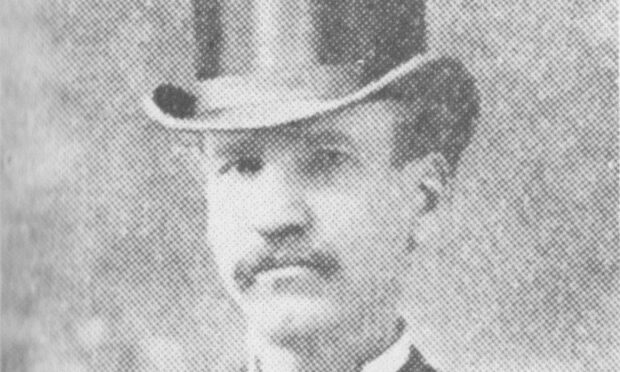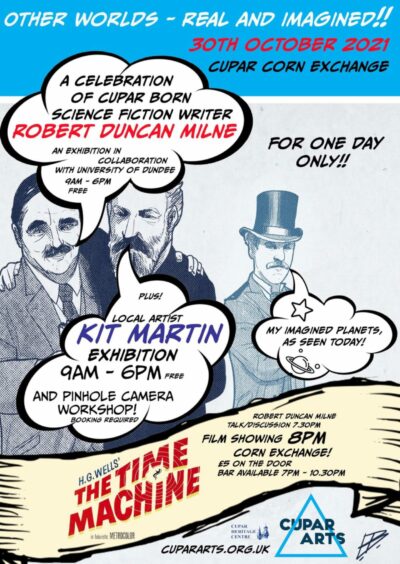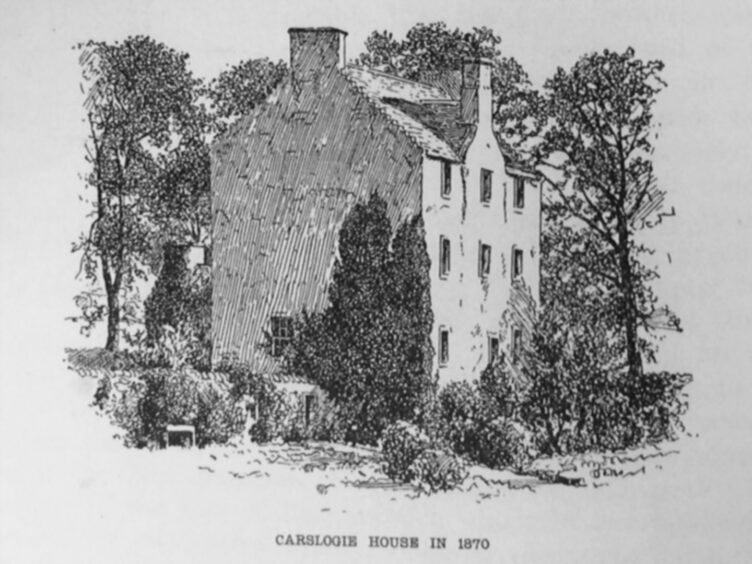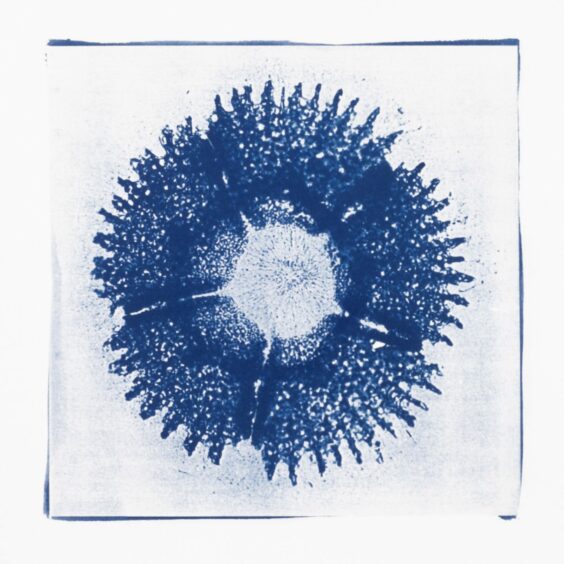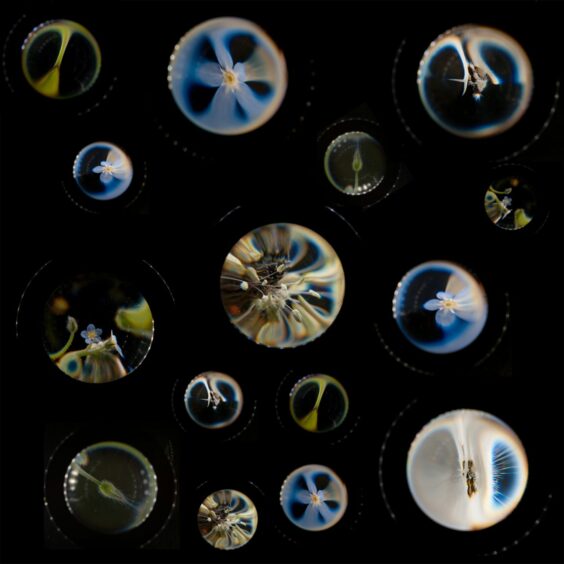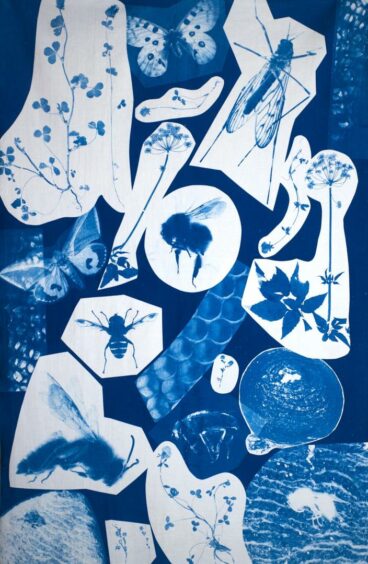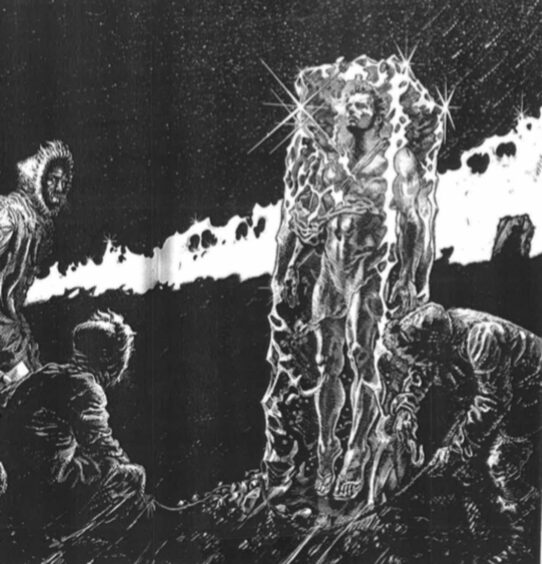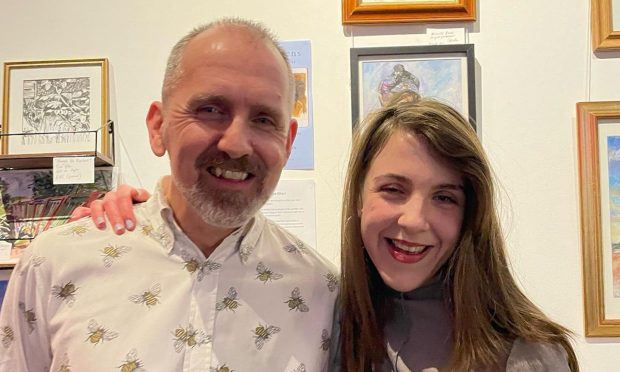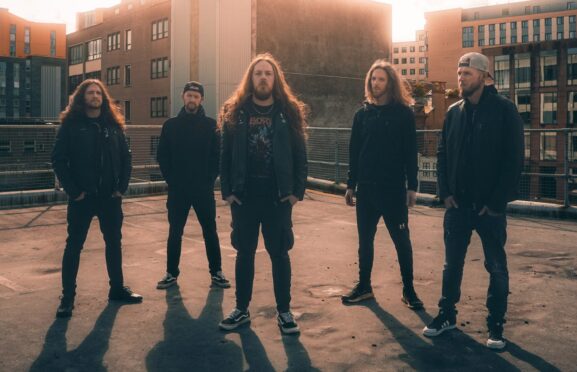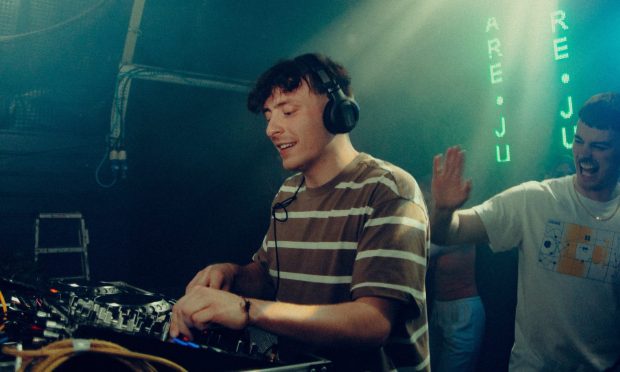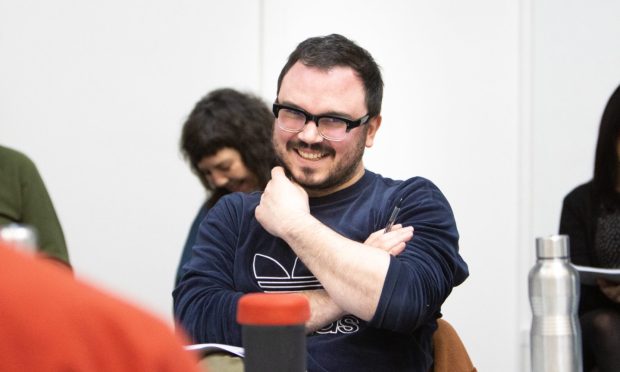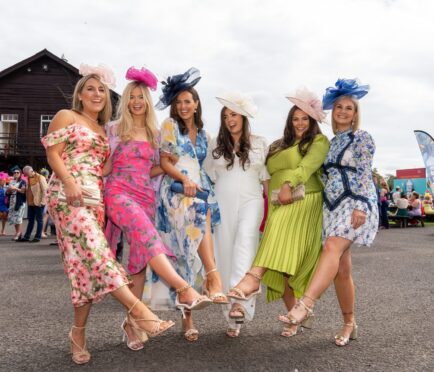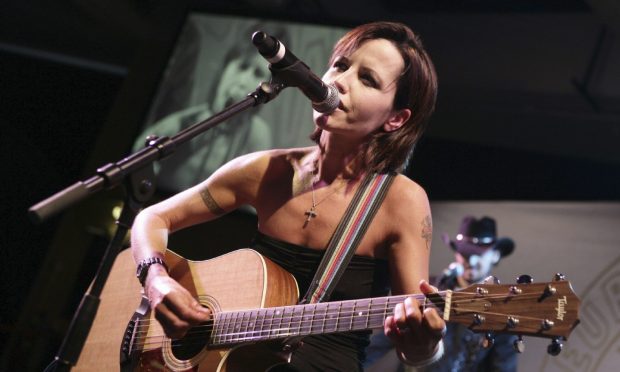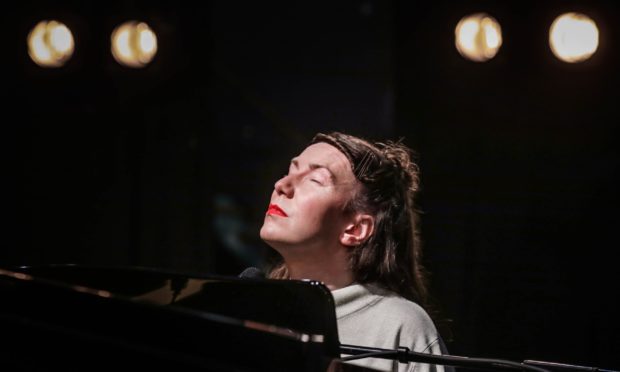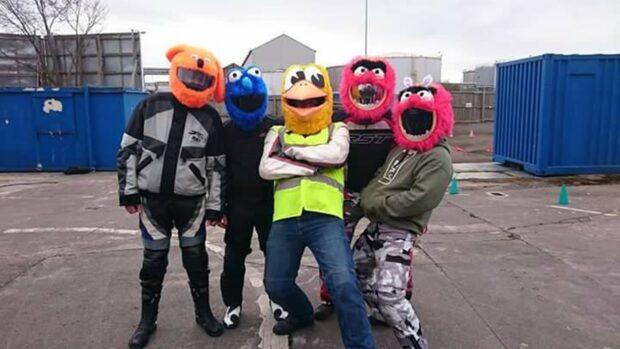The life, times and influence of visionary 19th century science fiction writer Robert Duncan Milne is being celebrated in his home town by Cupar Arts.
Other Worlds, Real and Imagined, being held at Cupar Corn Exchange on Saturday October 30, includes a free exhibition being held in association with Dundee University and an exhibition of photography-based artwork by Newport-based artist Kit Martin.
The event also includes local archive film and NASA and ESA space probe images of the extra-terrestrial worlds imagined in Milne’s stories, provided in collaboration with St Andrews University.
There will also be a pinhole camera workshop, a talk on Milne and his influence and a screening of the classic film of HG Wells’ The Time Machine.
Minister’s son
The son of Reverend George Gordon Milne, the town’s Episcopalian minister, Robert Duncan Milne was born in 1844 at Carslogie House in Cupar.
He went to Glenalmond College and then Oxford, where he studied classics.
He later lived and wrote his thought-provoking and forward-looking science fiction stories in San Francisco.
Although little-known today, his considerable imagination and influence are still being felt.
Cyanotype exhibition
Kit Martin, a photographer who works with historical processes like cyanotype and lumen printing, told The Courier she hadn’t heard of Robert Duncan Milne before.
However, having read some of his work recently and enjoyed it, she is delighted to have been asked to be part of the first major retrospective exhibition recognising Milne in his home town.
“Although my work is not directly linked with him or with science fiction, I use processes that date from around the time he was working in the late1800s and take photographs of specimens that might date from around that time too,” she explained.
“I was also curious about his interest in Eadweard Muybridge – who’s pioneering photographic work I love – and the ideas that he had before the invention of film that photography could reveal things in time.
“Robert Duncan Milne reimagined Muybridge’s process as a technology that can unearth events from the past and replay them as moving images in the present.”
Having studied Biological Imaging, Kit Martin worked as a medical and police photographer before working in environmental organisations and community arts.
Describing herself as curious by nature, she enjoys finding beauty in small things be it the wing of an insect or the texture of a wasps’ nest.
A photographer who enjoys making images as much as taking them, she tries to capture the overlapping contingencies of time and place through photography, using natural elements such as the sun and tide. She works with historical camera-less processes and digital, often collaborating with museums to work with natural history collections.
Kit teaches the processes of cyanotype, argyrotype and pinhole photography, in collaboration with museums and other organisations.
She is a tutor at Dundee Contemporary Arts Print Studio and works regularly with St Andrews Photography Festival and Museums and Galleries Edinburgh.
Her one-day exhibition will be mostly cyanotype prints. These are made by coating paper or fabric with light sensitive iron based chemicals then contact printing in the sun with either a photographic negative or an object.
Kit’s exhibition runs at the Corn Exchange from 9am to 6pm and entry is free.
The Time Machine
For anyone interested in the Pinhole Photography Workshop, being run by Kit from 11am to 3pm, booking is required with limited tickets costing £42.27.
In this workshop, participants can explore first principles of photography and learn how to make a pinhole camera then use it. No experience is necessary and the workshop is suitable for anyone aged from 13 years on. All materials are provided.
Meanwhile, the 1960 version of The Time Machine, is being screened in the upper part of the Corn Exchange at 8pm.
Scientist H. George Wells (Rod Taylor) builds a time machine, and despite the scepticism and warning from his friends against “tempting the laws of providence”, decides to visit the future.
Although the film looks rather quaint set against today’s CGI-saturated cinema, it is still a spectacular adventure and won an Oscar for its special effects.
Wells and Milne were contemporaries, but sadly, none of Milne’s work has been filmed.
With doors opening at 7pm and the film starting at 8pm, the screening will be preceded by a short talk at 7.30pm about the work and worlds of the two writers and will help appreciate the importance of Milne’s writing.
Tickets priced £5 each are available on Eventbrite or £5 on the door. A bar is also available.
